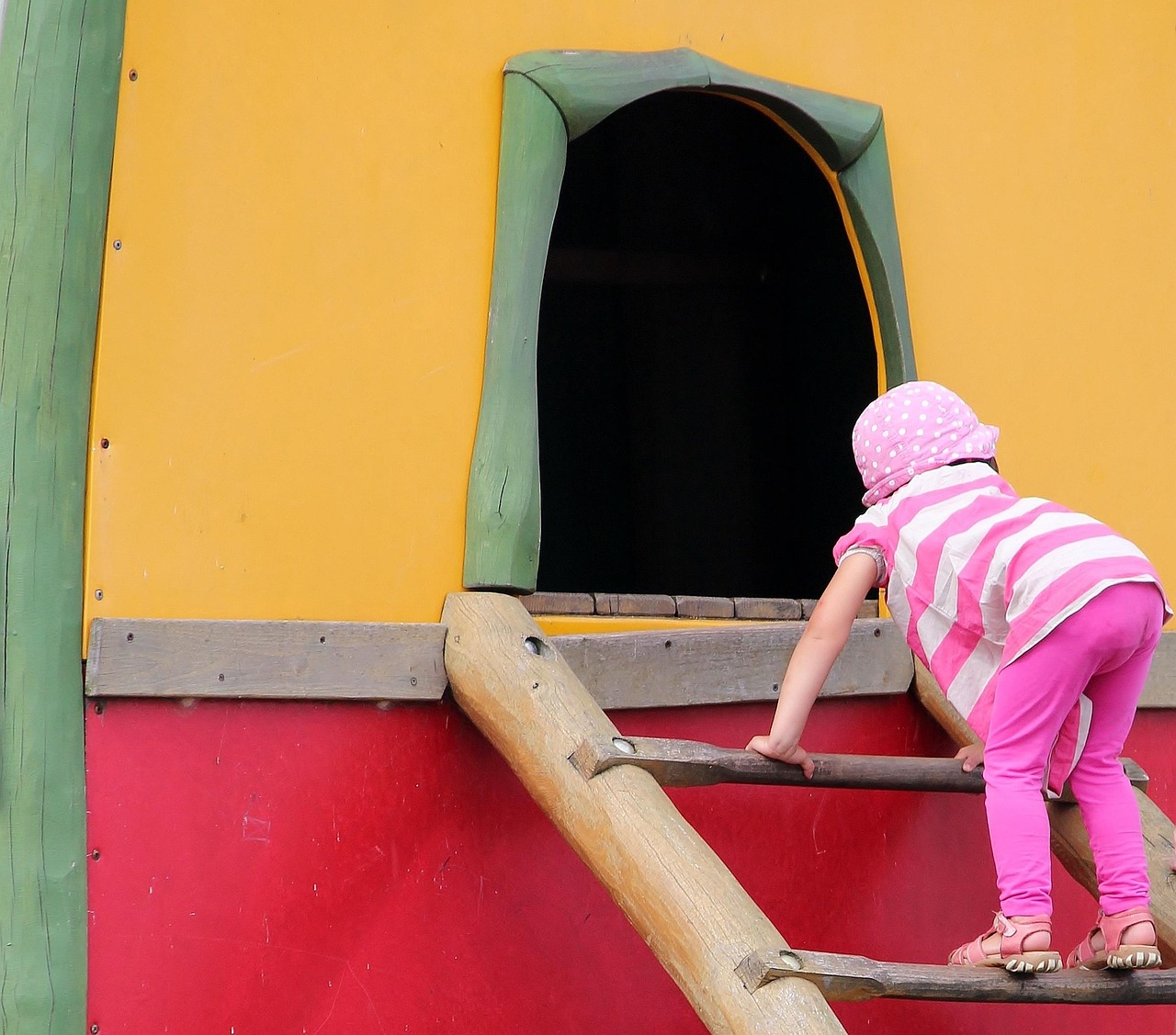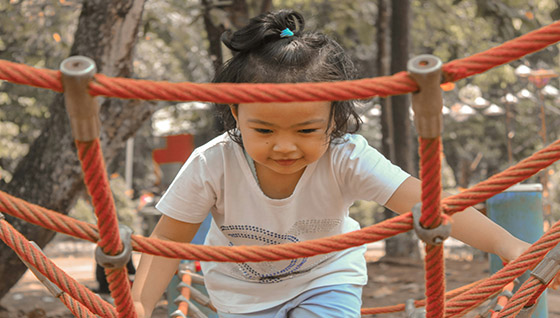How to Keep Kids Safe on Climbing Frames
6 min read
Last Modified 20 June 2025 First Added 20 June 2025

Every child loves a climbing frame. This brilliant piece of outdoor play equipment can take children on many incredible adventures – whether they’re pretending to be an astronaut, a monkey, or anything in between! It can be a fantastic centrepiece for their outdoor playground, helping them get outside and burn off energy.
However, it’s understandably a different story for parents. You want your child to have their climbing fun, but at the same time, you don’t want them to get injured. With that in mind, this helpful guide will tell you how to keep kids safe on climbing frames, giving you peace of mind. It’ll also provide you with many other valuable tips, such as identifying the hazards you should look out for, where to position the frame and how to teach your child to be safe while having outdoor fun.
A classic climbing frame has many developmental benefits for children. It is much more than just a source of fun.
As they use climbing frames, kids build crucial agility skills that can help with their physical development. This type of play focuses on balance, grip strength, and hand-eye coordination. Challenging climbing walls help with both their cognitive development and problem-solving skills. By improving their spatial awareness, they grow more confident in their climbing abilities, boosting their self-esteem and opening opportunities for more creative and fun imaginative play. All in all, climbing frames are a great use of outdoor space that will benefit your child’s development for years to come.
Many factors determine if a climbing frame is suitable for a child, such as your child’s developmental stage and the type of climbing frame they want to use. A baby climbing frame is perfect for little adventurers finding their feet. Larger wooden climbing frame sets with higher platform levels and more complex climbing elements are popular for older, more adventurous children.
The main hazards that could lead to injuries include:
Regular maintenance checks are essential to keeping kids safe on climbing frames. These checks ensure your child remains safe when using outdoor toys like this. Simple and easy changes can help make your child’s outdoor fun much safer.

Making a climbing frame safer involves three simple steps: having a secure setup, establishing clear rules, and developing good habits, such as regularly checking the frame’s state.
You may want to know more about building children’s climbing frames. When doing this, we have one main piece of advice: always follow the assembly instructions. The instructions that come with the product should be clear and easy to follow. Firstly, check that you have all the required parts – lay them down, double-check you have everything, and take your time building it.
You must choose a safe play surface for the frame so that if your child jumps or falls from it, they are less likely to be injured. A soft surface, like a thick lawn, is a great starting point. We recommend using a bed of wood chips, a large impact rubber mat, or rubber tiles for extra protection. These materials are designed to absorb impact, helping to reduce the risk of injury.
Setting clear climbing frame rules ensures the play equipment is used safely. Established rules should include:
Your outdoor climbing frame should be in an open garden area, providing plenty of building space. When possible, it should be on a flat surface to prevent it from wobbling and being unsteady on uneven ground. The safety instructions will provide the required information about climbing frame clearance – ideally, you need around two metres of space around the structure. No fences, sheds, trees, or overhanging branches should encroach on this space.
It’s vital to look for garden play equipment that adheres to safety standards. In the UK and Europe, this is typically EN71. This certification means the product has been tested to ensure its safe use, from the materials to the frame layout and the bars’ spacing.
Most climbing frame kits, especially ones with wooden frames, come with ground anchors that are vital for stability as they help secure the frame to the ground. After this, you should be focused on performing regular maintenance checks around once every month. How to keep kids safe on climbing frames involves:
Teaching climbing frame safety involves talking and demonstrating with your child to establish a series of “dos and don’ts.” When doing basic climbing, show them how to hold on with three points of contact (such as two hands and a foot). This tip helps improve their stability when exploring and playing. You can show them a framework of actions they can do when playing, which can help keep them safe. Furthermore, you should also encourage them to be aware of other kids playing around them. If you’re unsure if they are ready to play alone, always ensure you or another caregiver plays with them.
Bumps and scrapes can happen – it’s part of being a kid! It’s important to stay calm. For cuts, bumps and grazes, cleaning the injury and applying a plaster to the sore area will usually do the trick! If your child has fallen from a height or the injury is more severe, we always recommend seeking medical advice immediately.
However, with a safe, reliable climbing frame, injuries like this should happen very infrequently. Providing a fantastic platform for imaginative play and adventure will help your child develop crucial developmental skills and give them a unique toy that can provide them with years of fun.